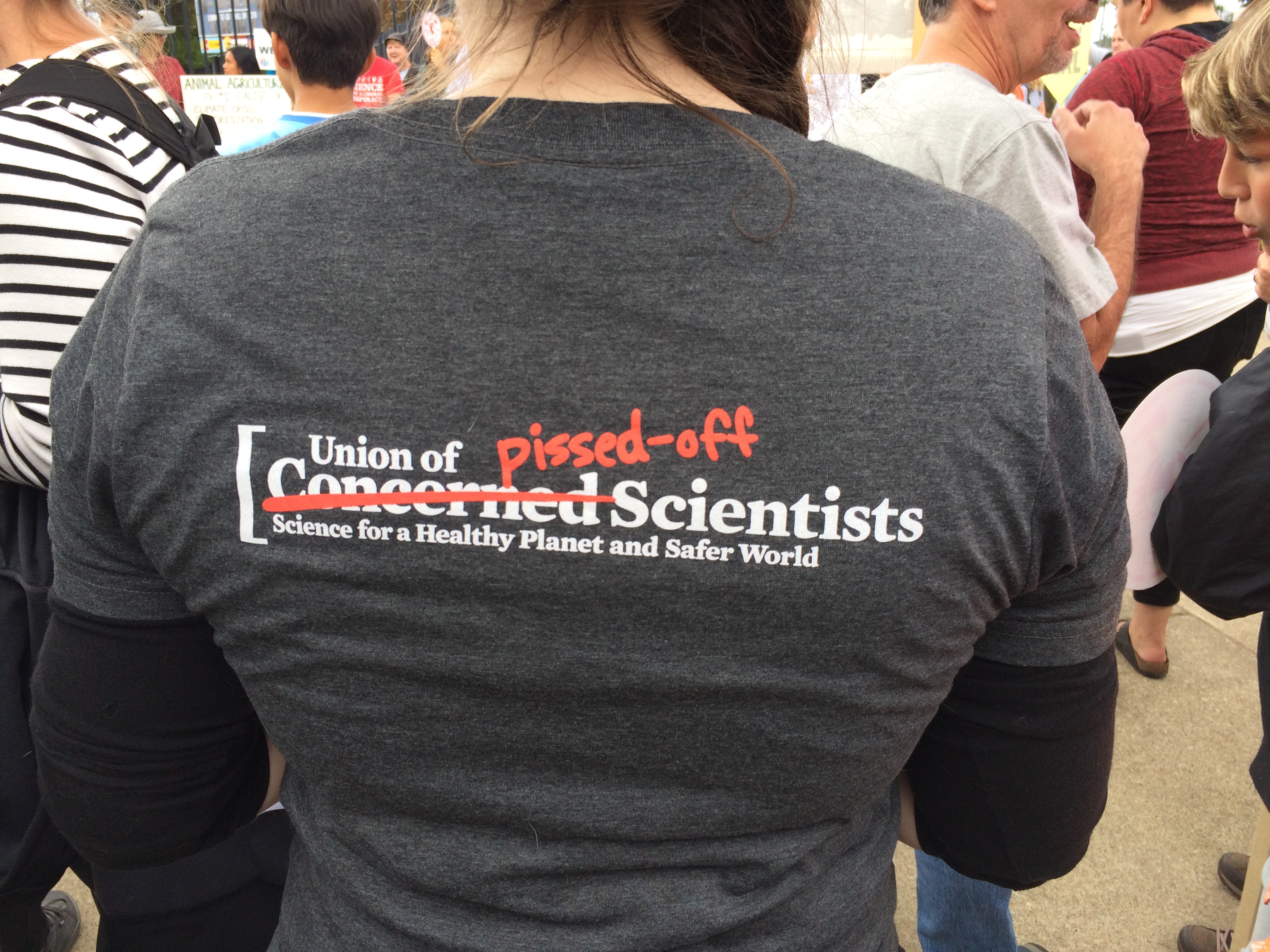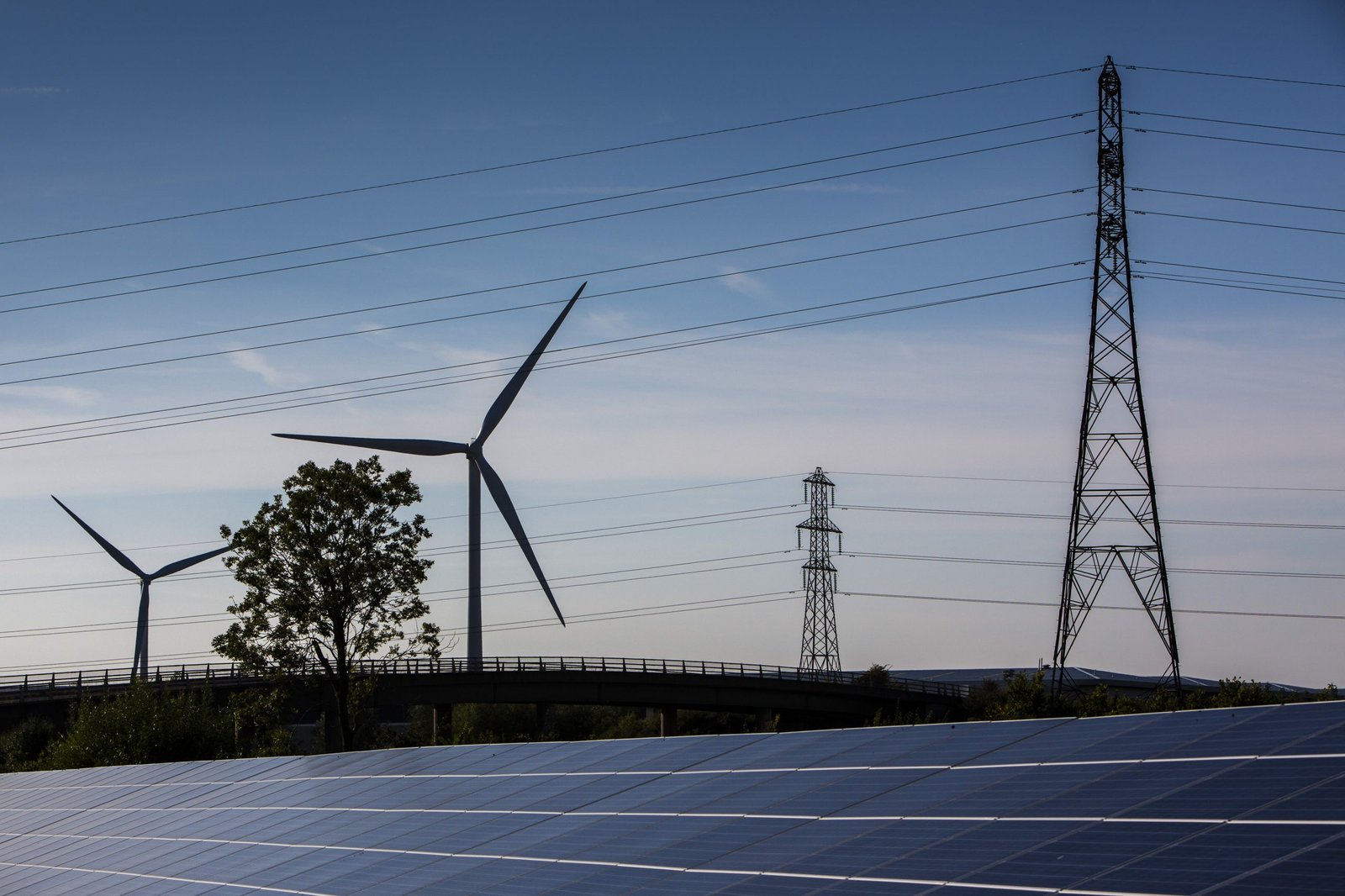
The mostly overlooked, truly remarkable thing to celebrate
Most Americans are in a dark mood right now. Majorities say they believe the country is in decline, and I get it. The headlines are awful, providing a steady stream of stories about crises and horrors and threats. I am careful to limit my exposure to news so I don’t become overwhelmed. And yet, something miraculous and truly hopeful is happening and mostly going un-noticed: We’re at the beginning of a turn-around in US climate action that a year ago was unimaginable.
What am I talking about? First, there was the unexpected passage of the Inflation Reduction Act in August 2022. The new law is filled with incentives for individuals, businesses, and states to build and use green energy technologies. Immediately after it’s passage, businesses began announcing plans for big investments in clean energy across the U.S. Car and battery makers, the solar and wind industries, states and individuals started changing their plans to take advantage of what’s in the new law, and the prospects for rapid decarbonization brightened pretty much overnight.
Then in late 2022, the Biden administration released rules aimed at cutting hydrofluorocarbons and methane, two extremely potent greenhouse gases. This news, though barely reported at all, indicated serious efforts are underway to get at two separate categories of potent emissions.
Then, just last month, the EPA proposed the strongest-ever emissions rules for cars and trucks. Transportation is the single largest source of carbon pollution in the U.S, and these rules, if adopted as drafted, will dramatically speed the transition to zero-emissions transportation. The proposed rules would ensure that two-thirds of new cars and one-fourth of new heavy trucks sold in the US would be all electric by 2032—nine years from now!
Finally, this month the EPA released proposed regulations for tackling emissions from power plants. Tackling power plant carbon pollution is critical for containing the climate crisis, because carbon-free electric power is a pre-requisite for eliminating pollution from buildings, vehicles, and industry.
The proposal gives the power industry time and multiple options for cutting their greenhouse gas emissions, and is designed to withstand inevitable legal challenges. A preliminary analysis found that the EPA’s proposal would help the US power sector achieve an 82% reduction in power sector carbon pollution by 2040.
Individually, each of these steps would represent progress. Taken together, they are remarkable. There are a million things to worry about, and many ways the new climate law and proposed rules could be weakened, blocked, or reversed. We have not yet stopped drilling or exporting fossil fuels, which is also a necessity. Yet it is miraculous that we now have a chance, if all goes really well, to become the first major emitter in the world to get on track to meet our Paris Climate Agreement commitment. Now we can focus on making that possibility a reality.




Jim Holm
May 24, 2023 at 2:41 amHi Carla,
Well you did manage to brighten my day. It’s true the day to day ebb and flow news cycle tends to focus my mind on the immediate problems. When in reality the wide angle picture is one of great potential and progress in the effort to curb fossil fuel emissions. Thanks for sharing your perspective.
Jim Holm
Erika Leaf
May 25, 2023 at 4:42 amThere are also grassroots groups all over the country mobilizing to get the word out to local families on how to utilize some of the provisions of the Inflation Reduction Act that relate to families receiving reimbursements for electrifying, insulating, etc. The final effect on emissions reductions will be determined by how many people utilize the incentives being offered, so it’s great to see these grassroots groups helping their constituents and thereby also helping us all achieve the results we all hope for.